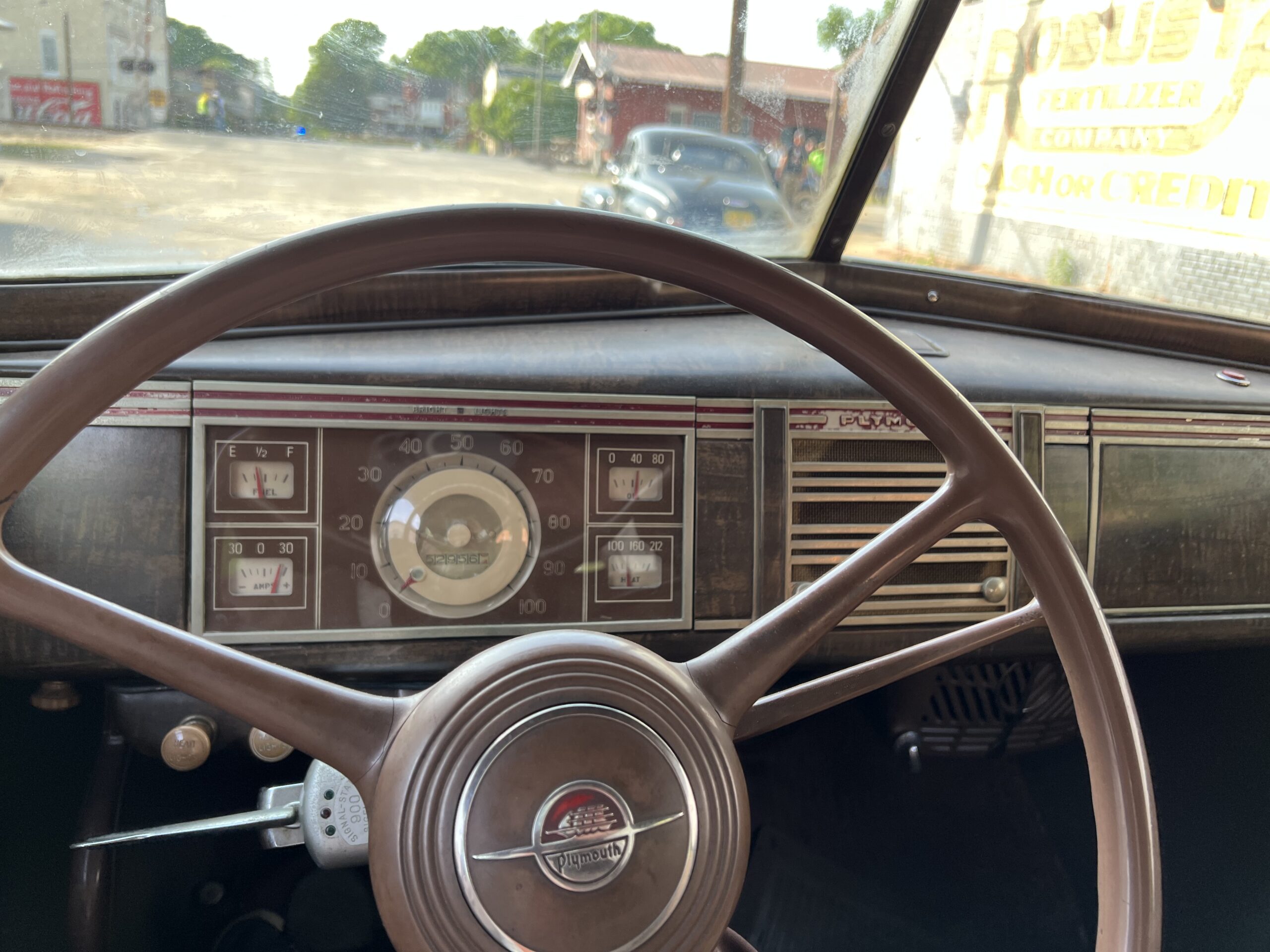As most of us know, driving older cars is a lot different than driving a brand new ____ (fill in the blank) off the lot. The term “older” is subjective, of course, but for the purpose of this piece, we’re going to say any vehicle that was manufactured before 1980. The traits you’ll see described below are common to almost all cars from that era, and with that being 40 years ago, it certainly qualifies as vintage, classic, or just downright older.
Rule #1. Give yourself a lot more braking room.
A lot of older cars still have weak, wood-feeling drum brakes, and if one applies full pressure as today’s cars allow, tires lock up and add even more distance to their planned stop. There was no ABS (anti-lock braking systems) back in the day, and even if there was, the tires of the era are not up to par to fully take advantage of such advancements. With all of this in mind, do not approach objects in your 1965 Volvo as if it’s a 2019 Volvo—it simply is not in the same league!
Rule #2. Make sure you’ve been working out.
Manual steering and brakes were common in an array of cars from yesteryear, and clutch pedals had a tendency to be much heavier, so you’ll want to make sure your shoulders and calves are in good enough shape to fully enjoy your machine. These factors will likely disappear when the car gets up to speed, but when it’s time to park that baby, you’ll want to make sure you’re ready!
Rule #3. This one isn’t driving but, always park within view.
First off, who doesn’t love staring at the beautiful, uncommon, emotionally evocative machine that they just piloted to their destination? After you answer that question, gently remind yourself that no one cares about your vessel as you do, and that people from all walks of life will demonstrate their lack of care by dinging, scratching, or even denting your classic. On the other hand, if your treasure is admired by certain onlookers, they may take the liberty of posing for pictures with it while laying on your hood (I would not have to type it had I not seen it happen with my own eyes), or have mercy on you by only leaning on your quarter panel for said pictures instead. Finally, there is also the matter of flat out theft. Depending on where you are and what you drive, there are enterprising enthusiasts who will etch horrible feelings of loss into one’s heart in the blink of an eye by removing your prize from your possession forever… So, whatever you do, don’t blink!
Rule #4. Don’t drag race anybody in anything made within the last five years.
Simply put, it’s a losing battle! The power and efficiency that these new vehicles possess, combined with the advancement in tire technology equates to losing battles on (nearly) all fronts. Although most cars are much heavier than they were in yesteryear, the flat torque and horsepower curves that are commonplace now equate to much faster cars, trucks, and SUVs. Your 7.1 second to 60 classic is downright slow compared to damn near everything on the road today, but you have much more style and individuality to make up for your lack of acceleration.
Rule #5. Keep the windows (or top) down
Part of why we drive old cars is due to the sounds and smells they generate. Genuine sounds of exhaust, and gears, and (sometimes) carbs– not amplified or downright false sounds pumped through a car’s speakers, are what we crave. It is our duty to not only embrace these elements for our own enjoyment, but also to share their unmistakable appeal to those who are aware of their excitement, as well as those who are not.
Tune in soon for more rules for driving older cars. Until then, remember that you have to be fast to live this life!





